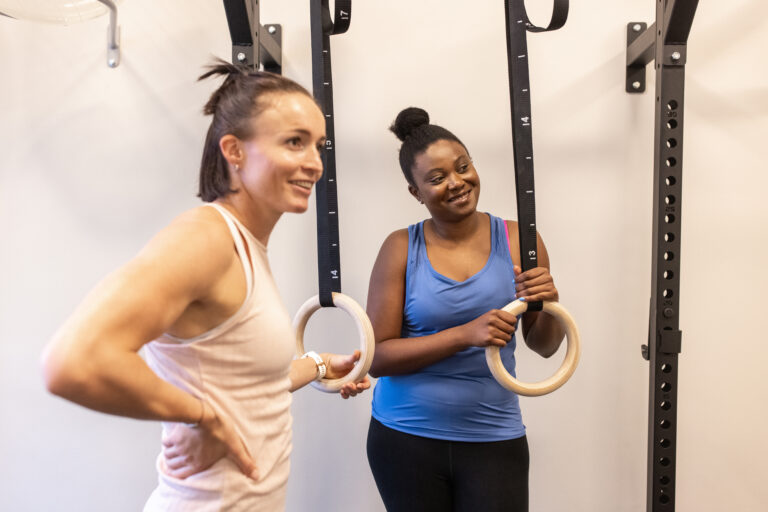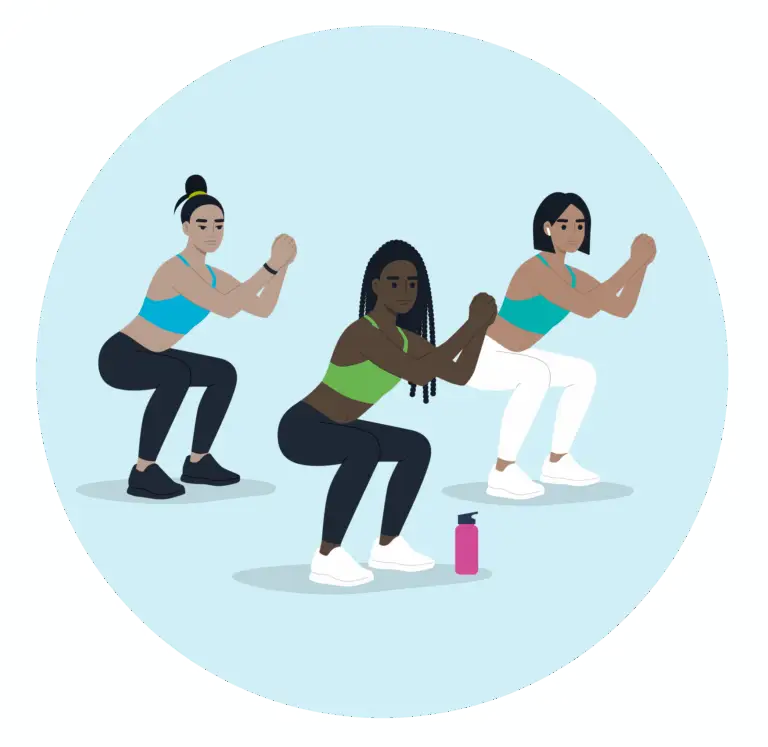The Final Word
Better than drugs? New research shows the impact of physical activity on those recovering from cancer. In The Final Word, Tara Dillon, CEO of CIMSPA explores what this means for the sector’s workforce.
What if we told you there’s something that can cut the risk for cancer patients of cancer coming back by almost a third? Oh, and it will also help them live longer, feel better and regain their strength after treatment? No, it’s not a new drug. It’s physical activity. And it’s time we started treating physical activity professionals as a vital part of the cancer care team.
The science doesn’t lie. The CO21-CHALLENGE trial, recently presented at the American Society of Clinical Oncology (ASCO), is the most compelling evidence yet that exercise isn’t just good for you after cancer, it can literally save lives.
Over 889 people with high-risk stage two or three colon cancer were followed for 8 years. Half were given standard care plus a healthy lifestyle booklet. The other half had a tailored, three-year exercise program designed and supported by trained physical activity professionals.
The results are staggering.
28% lower risk of cancer recurrence or new cancers
37% lower risk of dying from any cause
80.3% of those in the exercise group were still cancer-free at 5 years, compared to 73.9% in the control group
These aren’t small differences, they’re in the same range as many powerful cancer drugs. But unlike drugs, exercise comes with zero toxic side effects and plenty of other benefits including improved mental health, reduced fatigue and a stronger body to face whatever comes next.
These results go beyond validating what we’ve known about the power of our sector. They’re a call to action that cancer care is changing and it’s time for physical activity professions to step confidently into a role to be an integral part of that change.
For decades, physical activity and exercise has been relegated to the nice to have category. Something to try after treatment. This study shows it’s a therapy in its own right and one that works best when delivered by professionals who know how to tailor movement to people recovering from major illness.
Dr Julie Gralow, president of the American Society of Clinical Oncology, said “This is the same magnitude of benefit as many drugs. Drugs get approved for less than that and they’re expensive and toxic, so I would say it’s better than a drug.”

In the trial, participants weren’t just told to ‘go and move more.’ They had a personalised plan, accountability and professional support. That expertise and structure made all the difference and it’s what our sector is built to provide.
Dr Christopher Booth, of Queen’s University in Kingston, Canada, the study’s lead author said. “As oncologists, one of the most common questions we get asked by patients is ‘what else can I do to improve my outcome?’
These results now provide us with a clear answer: an exercise programme that includes a personal trainer will reduce the risk of recurrent or new cancer, make you feel better and help you live longer.”
Imagine a world where oncologists prescribe sessions with a physical activity specialist alongside chemo and those specialist professionals become an integral part of the cancer recovery team.
We’re not far off. This study has shone a light on the path, and specialist career pathways underpinned by professional standards and expert training are offering the map to making this type of work mainstream.
Speaking about the research in The Guardian, Professor Charles Swanton, the chief clinician of Cancer Research UK, which funded the UK portion of the study, said “This fascinating study captures the power of exercise to transform people’s health and boost their chances of surviving cancer after treatment. For an intervention that isn’t a drug, exercise offers remarkable benefits for patients.”
Physical activity is sometimes an afterthought in recovery, but with data like this, that’s no longer acceptable.
To truly harness the life-saving power of being active, we need:
- More accredited training for professionals that are aligned to relevant professional standards to enable them to work with cancer patients.
- Recognition of professionals who have a professional status which demonstrates their specific expertise in this work to give healthcare professional confidence.
- Formal referral systems from hospitals and GPs to physical activity specialists who are recognised as experts in supporting patients.
- Financial coverage from policy makers and the health system to enable this work to be scaled.
- Public education campaigns that show movement as a highly effective part of treatment and recovery.
The bottom line is that as a profession we’re ready. Programmes like GM Active’s Prehab4Cancer have proved that.
If you’re a physical activity professional, whether that’s working in a centre, gym or the community, you can be part of the future of helping cancer patients to recover better.
Let’s step up, get expertise and recognition and work together with healthcare teams to ensure every person recovering from cancer has access to the care they deserve, including professional, expert-guided movement.
Now the evidence is irrefutable – exercise isn’t just rehabilitation, it’s supporting survival.








